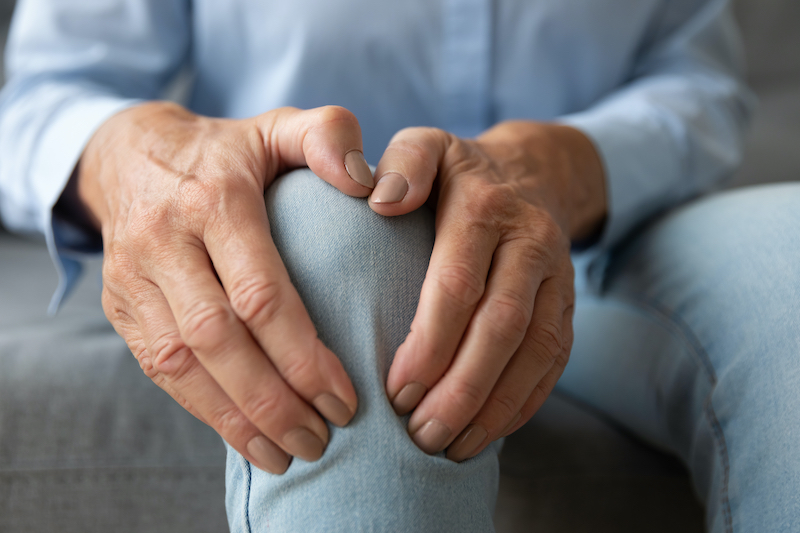If you have knee pain and are looking for a knee arthritis expert in Visalia, this is important for you to read.
It’s a sad fact that health care is no longer about conservative care first. It’s a power struggle. The insurance companies are paying less and less and healthcare providers are struggling to stay afloat. As such, they will provide aggressive treatment before conservative treatment. It’s a shame. The research proves this. More patients with knee arthritis are being prescribed pain medications, while fewer are seeing a physical therapist.
Our position is simple:
You should try conservative, natural care first, that is easy to access, affordable, and has little to no side effects. If, and only if you’ve given conservative care enough time (this is important because your body takes time to heal), and conservative care doesn’t work, then you should go to the next level care i.e. diagnostic tests, prescription drugs, injections, and maybe surgery.
Arthritis is one of those conditions that responds very well to conservative care. Here we will discuss this in detail.
Osteoarthritis (OA), sometimes referred to as wear-and-tear arthritis, is a condition in which the natural cushioning between joints called cartilage gradually wears away. Over time, this causes the bones of these joints to rub more closely against one another because there is less shock-absorbing cartilage. Once this happens, individuals with OA will begin to experience symptoms like pain, stiffness, swelling, a feeling of warmth, and a decreased ability to move the joint normally.
OA is the Most Common Form of Arthritis
OA can occur in any joint in the body, but it’s most often seen in the hips and knees. Knee OA can also occur at any age, but the risk for developing it increases with older age because the body loses its ability to heal the damaged cartilage over time. This is why about 10% of men and 13% of women over the age of 60 have knee OA. Being obese or overweight also increases the chances of developing knee OA, since the additional weight puts more pressure on the knees and accelerates the process of cartilage thinning away.
There are a number of treatments available for addressing knee OA, but physical therapy and lifestyle changes—like losing weight and exercising more frequently—have consistently been recommended as first-line interventions that are supported by evidence. Following this course and seeing a physical therapist first can in turn lead to less use of healthcare and lower costs, as it will help patients avoid surgery and other expensive treatments. But many patients with knee OA go to a primary care doctor or surgeon to be evaluated first, leaving it up to them to decide whether or not to refer the patient to physical therapy. Some doctors will prescribe pain medications—like opioids— instead, which is not recommended as a long-term solution for knee OA.
Some Doctors Aren’t Trying Conservative Care First
To get a better idea of the decisions doctors make when treating knee OA patients, a study was conducted to evaluate the referral rates for physical therapy and lifestyle changes compared to prescriptions for pain medications. After searching through medical records, researchers identified 2,297 visits related to knee OA in which patients saw a surgeon, primary care doctor, or some other specialist. Analysis of these records over an eight-year period led to the following key findings:
- Physical therapy and lifestyle changes were not frequently recommended, and there was a trend towards fewer referrals to physical therapy and lifestyle suggestions from surgeons over this time period
- The rate of prescriptions for non-steroidal anti-inflammatory drugs (like ibuprofen) nearly doubled in visits to both primary care doctors and surgeons
- Prescriptions for opioids increased by nearly three-fold over this period of time, even though opioids are generally not recommended for knee OA
This study shows that despite many clear guidelines that push for non-drug and non-surgical treatments such as physical therapy for knee OA, the developing pattern is going in the opposite direction, as many doctors are not following these recommendations. One solution is for patients with knee OA to take matters into their own hands and see a physical therapist first rather than a specialist or primary care doctor. Patients do not need a referral for physical therapy and can make an appointment for their first visit on their own.

